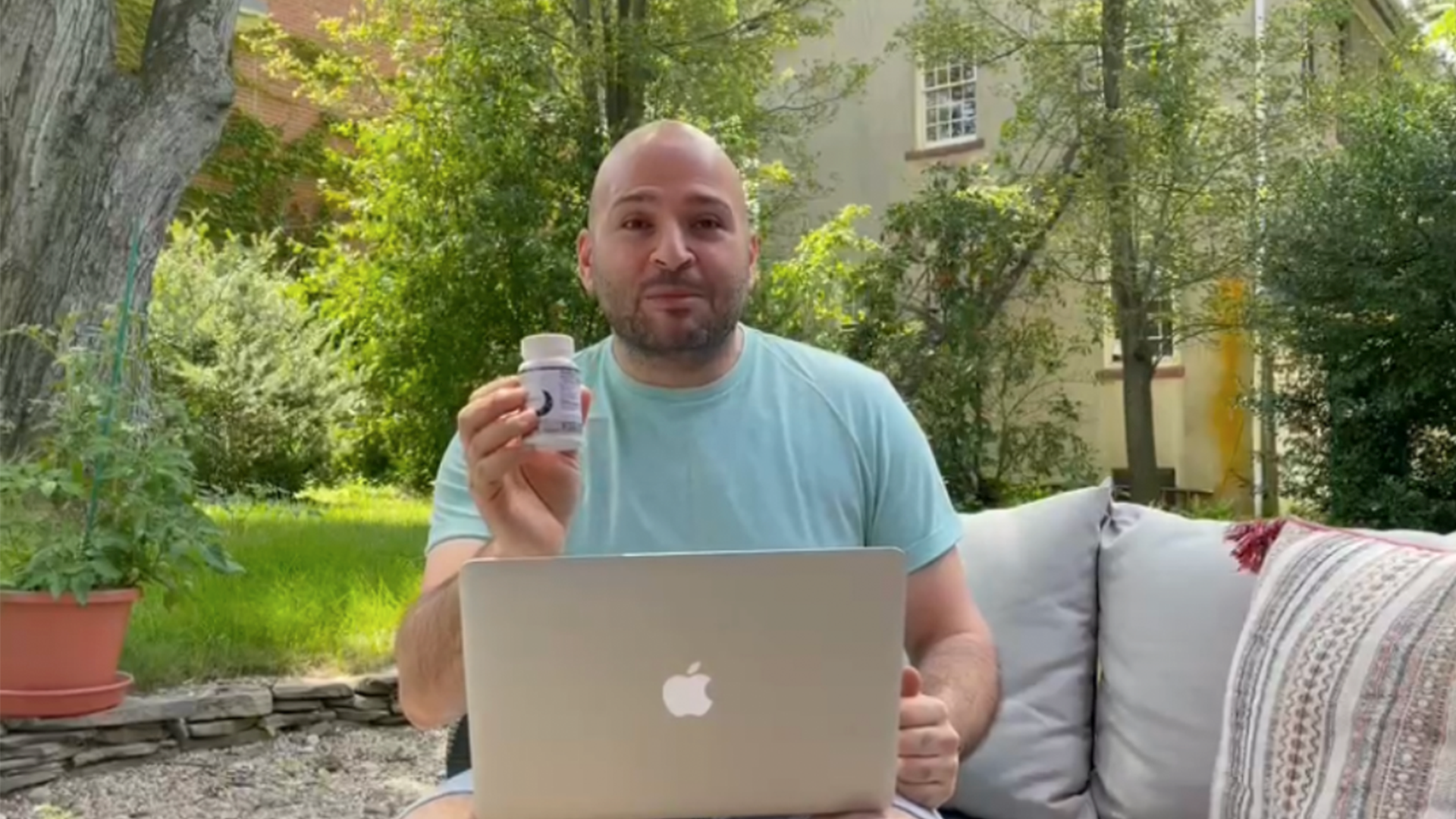Multiple sclerosis (MS) was long considered a progressive autoimmune disorder. This happens when our immune system, designed to fend off viruses, bad bacteria, and other threats, mistakenly attacks normal, healthy tissue.
In the case of MS, the body attacks and destroys the protective covering around your nerve cells. It’s like removing the plastic coating of an electrical wire. And once this covering is gone, nerve signals are slowed or blocked, leading to reduced function in whichever part of the body the damage has occurred—the brain, eyes, legs, hands, etc. Sometimes the entire spinal cord.
What Causes Multiple Sclerosis?
The causes of MS are the subject of considerable controversy. We know the nerve damage is caused by inflammation, but arguments continue over the cause of the inflammation, and the possible interventions to curb or prevent it. According to the National Multiple Sclerosis Society, MS appears to strike when a number of factors combine:
- Genetic predisposition
- Environmental factors such as pollution, exposure to toxicity
- Pro-inflammatory dietary choices
- Current or history of viral infection
- Smoking
And there is emerging research that shows that certain nutrient deficiencies could play a pivotal role.
Vitamin D deficiency, all too common in my patients, is a prime suspect. And because we know that Vitamins B6 and B12 are crucial for supporting healthy nerve function, I’m reasonably sure it will remain part of future interventions.
While diet seems to have earned a permanent seat at the table of causes, there remains a divide between those who favor a low-fat diet and those who favor a high-fat, low-carb diet (called the ketogenic diet).
I’m in the latter camp, and here’s one powerful reason why.
Kate’s story
A woman we’ll call Kate came to me—a sad, sad case. She was twenty-six years old, with a diagnosis of MS at age 20. She was wheelchair-bound, weeping, and felt like she had no hope. She had recently delivered her second child, and was naturally distraught by the limitations on her maternal caregiving and her prognosis.
I put Kate on a ketogenic diet of raw foods, healthy fats like coconut and olive oil, plenty of protein, and limited carbs.
Additionally, I supplemented her diet with vitamin B shots and extra vitamin D3. I also recommended she have 13 mercury-loaded dental fillings replaced. (That alone, though a demanding process, made her feel much, much better—take note.)
Kate was out of her wheelchair, back on her feet, in dramatically improved health and spirits after two months.
I can’t attribute her recovery specifically to those interventions—there’s still much to be learned about MS. I can recommend, however, that if you’re concerned about MS, you should be sure your vitamin D and your B vitamins are at recommended levels.
Symptoms Of Multiple Sclerosis?
MS doesn’t care how old you are, but it’s most often diagnosed in those between 20 and 50 years old. The average age when symptoms first appear is between 30 and 35.
MS acts differently depending on when it’s diagnosed. People diagnosed when they’re 50 or older usually experience a more progressive form of the disease. And most of those diagnosed after 50 have already had MS episodes without realizing it. That’s because MS can sometimes manifest as fatigue or overheating with blurred vision. It’s not always immediately clear that it’s MS.
The most common early signs of MS are:
- Vision problems caused by inflammation of the optic nerve, e.g., blurred vision in one or both eyes, double vision, or loss of contrast or vivid colors. These may be difficult to recognize, as they progress slowly. Eye pain when looking up is another symptom.
- Tingling and numbness in the face, arms, legs, and fingers.
- Chronic or significant pain was found in half of people with MS in one study.
- Muscle stiffness in legs and joints and muscle spasms—uncontrollable, abrupt jerking is also common, most often in the legs or back.
- Unusual fatigue and weakness affect about 80 percent of people in the early stages of MS.
- Tremor or uncontrollable shaking, in various parts of the body.
- Reduced coordination, making it hard to keep your balance or walk with your usual gait.
Let me stress that some warning signs might signal early MS—but they could also signal another condition, like stroke. Always keep your doctor up to date on any unusual symptoms you experience.
How to diagnose Multiple Sclerosis?
As you might have gathered, a host of chemical interactions are in play when MS-like symptoms are seen. As I noted, many of these symptoms look like those of other diseases—so diagnosis is accordingly difficult. There is no single foolproof test.
An accurate diagnosis is based on your medical history and an examination of brain and spinal cord functions. A variety of other procedures are important diagnostic aids, e.g., an MRI, a spinal tap or lumbar punctures, electrical tests to determine whether MS has affected nerve pathways, and blood samples.
As always, see your doctor if your suspect MS. As usual, the longer a disease goes untreated, the worse it gets. And with Kate’s story in mind, there is every reason to get an early diagnosis and get started fixing yourself up.
There’s also every reason to attend to your diet. MS starts there. You can make it end there—or never even happen.
Last Updated: June 19, 2021
Originally Published: July 22, 2015














